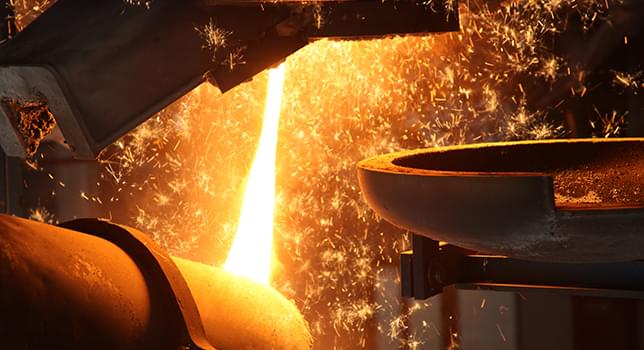Market Report
The Future of Non-Ferrous Slag to 2029

This growth will take place against a background of profound changes in the industry, with new environmental and legislative pressures pushing the development of practical end uses for non-ferrous slag as an alternative to landfill.
The largest end-use application in volume for non-ferrous slag is for civil engineering, which is estimated to take around 35% of total global volume usage of non-ferrous slag in 2019. Civil engineering includes its usage in areas such as roads (beds), ground improvement, in-house, land reclamation, sand compaction and ballast for railways. In 10 years from now its share in cement and concrete is expected to further increase because of demand for these and also the higher value that can be made when using it in higher-quality cement and concrete applications.
The decline in supply of aggregates for use in the construction sector in some regions makes other metallurgical slags – such as those derived from the smelting of copper, lead, zinc, nickel, chrome and manganese – of considerable interest as an alternative source of supply to the customer base that has to rely on aggregates, cements, mortars, fly ash, or ground-granulated blast furnace slag.
This opens the door for ferrous and non-ferrous slags which, depending on the type, can enhance the performance of the materials, are price competitive and also can provide an important environmental benefit in their use. Non-ferrous slags have made some headway in speciality areas depending on their regional availability.
This report analyses comprehensively the key trends and drivers that are set to affect the global non-ferrous slag market to 2024 such as:
The Future of Non-Ferrous Slag to 2029 provides in-depth quantitative market information and forecasts for the global label printing industry, segmented by 12 slag product types, types of production by slag type, by end use, and by geographic regions; together with expert analysis of the key drivers and trends affecting the non-ferrous market to 2024.
Notes for Editors
The Future of Non-Ferrous Slag to 2029 is available to purchase. for more information download the report brochure.
For press enquiries or a more detailed article, please contact:
Joanna Gibson:
Tel: +44 (0) 1372 802 037